Results 1 to 4 of 4
Hybrid View
-
03-18-2018, 12:30 PM #1Senior Member

- Join Date
- Nov 2016
- Location
- Germany
- Posts
- 111
Thanked: 30 Purple Stone, could it be french "La Lune"?
Purple Stone, could it be french "La Lune"?
Dear Straight-Fans,
recently I got a hone labeled as "vintage oil stone"in a wooden box.
the stone seems to have been used a lot as itself as well as the box was quite loaded with oil.
Icouldn't tell neither if it is a natural or synthetic stone nor what color it is, it has just appearing durty oily dark to me
Once got out of the box and cleanded the oil a purple looking "slate-like" very fine natural stone appeared.
My first idea was - its belgian blue whetstone (BBW) but in a meanwhile I know: its definitley not a belgian hone because:
- it behaves coarce on water and fine on slurry which is oposite behaviour to belgian hones
- it is much finer than my BBW
- to my hand it feels softer than BBW but the BBW slurries much easier
- it does not produce auto slurry while honing
I've done some test honing using my ERN 5/8 stainless razor on it.
As per its hardeness: it is softer than my Zulu Grey and my Cnat, it is harder than my little Les Latneuses slurry stone (rubbing it on the purple stone releases more coticule slurry than purple slurry).
After some use the sufrace became glazy.
Under the 20x magnification glas the surface looks slightly porous and I can see some tiny spots. Some of those spotes appear darker some brighter than the main material.
Anyhow the oil must have been completeley removed as Im not facing any issues with using water.
Unfortunately due to current wheather these days I didnt see much sun but puting my LED pocket light onto it I can see micro-tiny sparky reflections. I've tried to take a picture of them but they are not visible in the photograph.
As mentioned above this stone works more aggressive and coarse on water only.
On a slurry (created by a small piece of the same stone cut off) it works much slower and a huge way finer.
The finish reminds me of thuringian hones, it rerurns similar cloudy looking bevel.
Also I'm not sure but i think sullry breaks down during the work a bit.
HHT is no problem in both cases but finished on water the edge is much more toothy, it grabs the hair more agressively and makes a louder "pop" while cutting it.
Finished on slurry the edge doesn't catch the hair emmidietly at the first touch but cuts it more silently.
Any Idea guys if this could be the La Lune french stone?
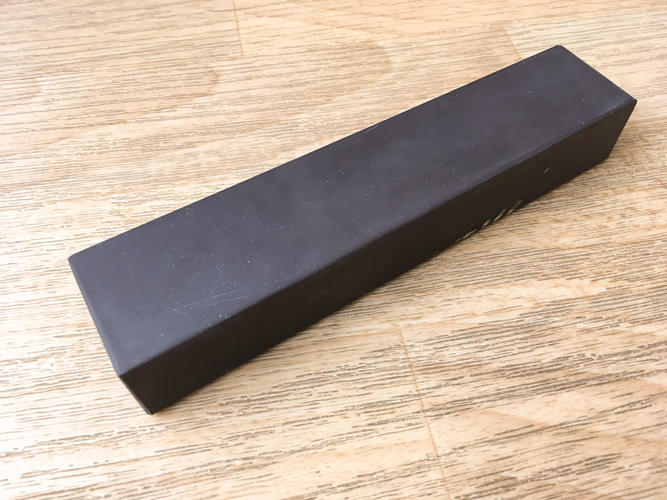
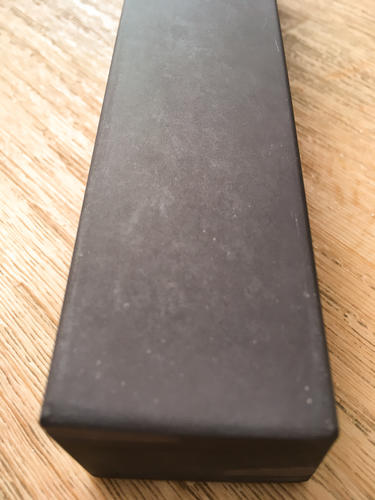
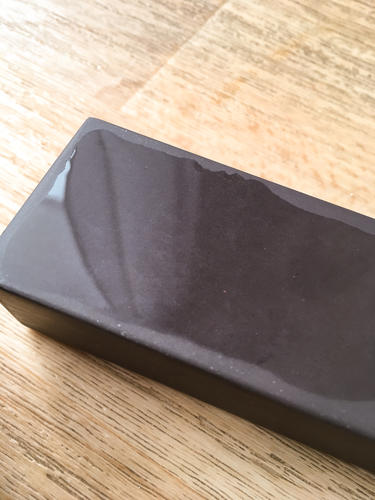
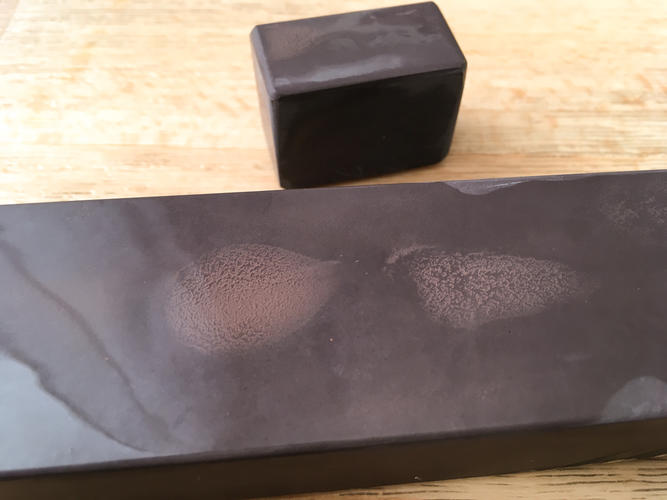
Now some pics from my microscope taken by my mobile phone through the ocular (sorry for the bad quality). its should be the 160x magnification.
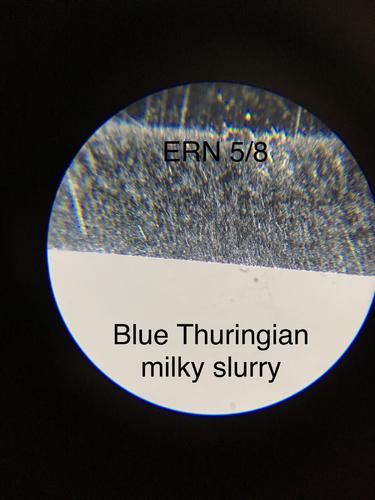
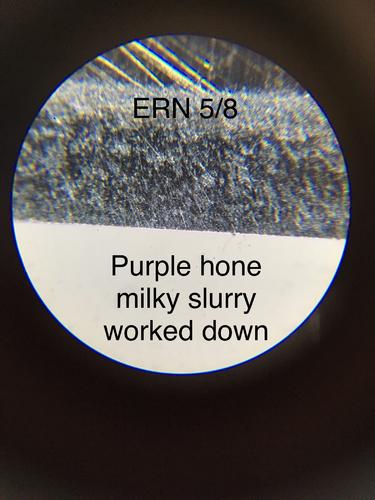
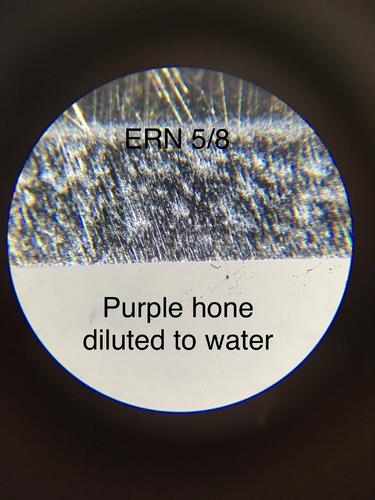
P.s. Original dimentions of this stone were:
Length: 20cm
Width: 36mm to 40mm on wider end
Height: 28mm
Many thanks for your feedback in advance
regards
Philipp
-
03-18-2018, 04:55 PM #2

I wouldn't think so. We know too little about them already, so, a shot in the dark at best. I think Sebastian/doorsch is among the few people who know something about them.
There is a chance for the stone to be the Belgian "Ruge du Salm" Lorraine, but my vote would go to British Yellow lake stone.
Does it looks like this one?
-
03-18-2018, 06:03 PM #3Senior Member

- Join Date
- Nov 2016
- Location
- Germany
- Posts
- 111
Thanked: 30
Thank you for a quick response.
I was also thinking of the Llyn Mellynllyn hone (if I am correct yellow lake stone is just another name for Llyn) as it looks actually quite similar to my purple.
The only thing has confused me is as far as I see llyn produces slurry quite easy.
Trying to produce the amount of slurry others do on youtube by couple of strokes would take much longer on my stone. The slurry-bility of my purple is closer to my Zulu Grey than to my Thuringian/Coticule or BBW.
of my purple is closer to my Zulu Grey than to my Thuringian/Coticule or BBW.
Regards
Philipp
-
03-18-2018, 06:33 PM #4

There is variation on hardness between one Yellow lake stone and another. I have seen really hard old ones as well as softer. I have tried only a couple of the new ones and I don't know a lot from experience, but I assume the same thing applies.
(also, Llyn is lake in Welsh. Or so I've read)


 LinkBack URL
LinkBack URL About LinkBacks
About LinkBacks






 Reply With Quote
Reply With Quote
